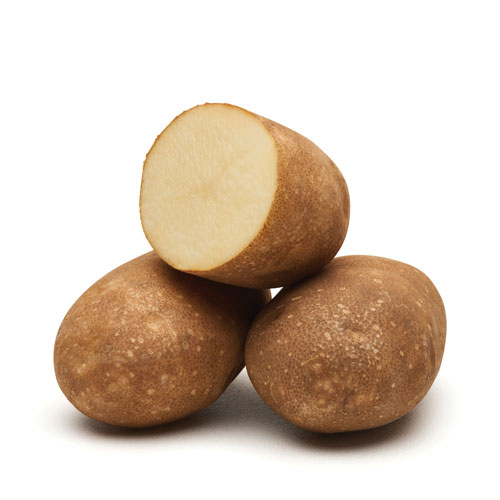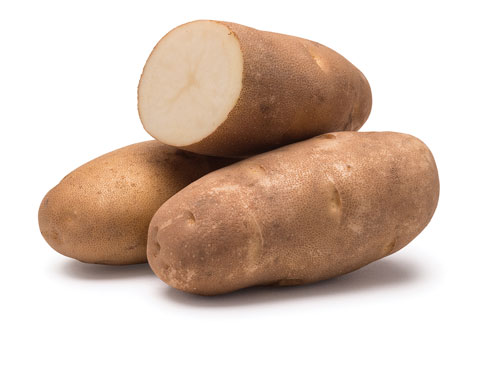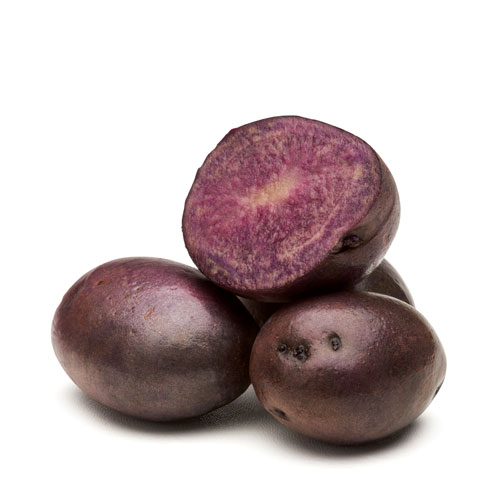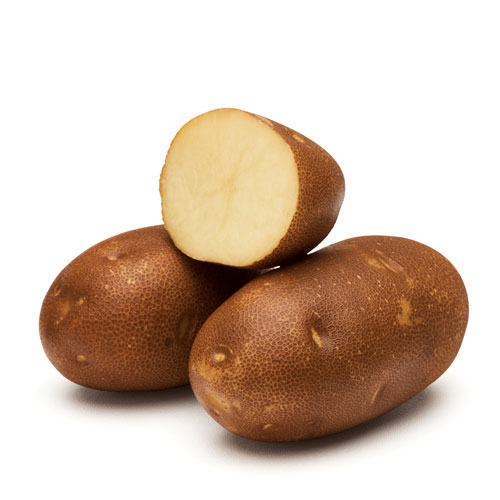Story by Denise Keller, Editor
Amid ongoing restrictions related to COVID-19, Oregon State University (OSU) was unable to host its annual potato field day this June. Still wanting to share their research with growers, researchers held a virtual event instead. Delivering some of the presentations that would have been shared in the field, researchers highlighted new varieties and reported on trials related to plant diseases and nutrition.
New Varieties
OSU’s Sagar Sathuvalli began by spotlighting new russet varieties from the Tri-State Potato Research and Breeding Program, reporting that the program is breeding for resistance to soil-borne pathogens such as Verticillium and Columbia root-knot nematode.
The newest release is Galena Russet, a processing variety with very attractive tubers, low external defects, cold sweetening resistance, high early and full-season yields, good specific gravity, high protein content, and uniform fry color and processing quality. Released in early 2020, Galena Russet’s weakness is its tendency to develop internal brown syndrome, as noted in some trials. The variety is also susceptible to early dying and late blight and moderately susceptible to Potato virus Y (PVY).
To be released soon is Rainier Russet, a typy variety with fresh market potential and long-term storage capabilities, making it amenable for organic production. With average tuber size more than 10 ounces, it has a high fresh pack-out and is suitable for single tuber wrapping. It is tolerant to Fusarium dry rot and common scab. In addition, Rainier Russet earned the top spot for best tasting potato in the russet category by the Oregon Potato Commission for two years. On the downside, shattering is an issue due to high specific gravity, as is susceptibility to Verticillium wilt.
Sathuvalli also reminded growers about a few varieties released in 2019, starting with La Belle Russet. The dual-purpose variety produces attractive tubers with few external defects and was a fresh market standout in early trials. Yields are slightly lower than Ranger Russet but higher than Russet Norkotah. The early to medium maturing variety is highly susceptible to PVY.
2019 also brought the release of two specialty varieties. Deliciae is an attractive fingerling with gold-yellow flesh and moderate yield. It rated very high in a taste panel, but is susceptible to most potato diseases. Purple Iris is an attractive baby potato with purple skin and purple flesh, late maturity and moderate yield. It is highly tolerant to Verticillium wilt; however, sticky stolen is an issue.
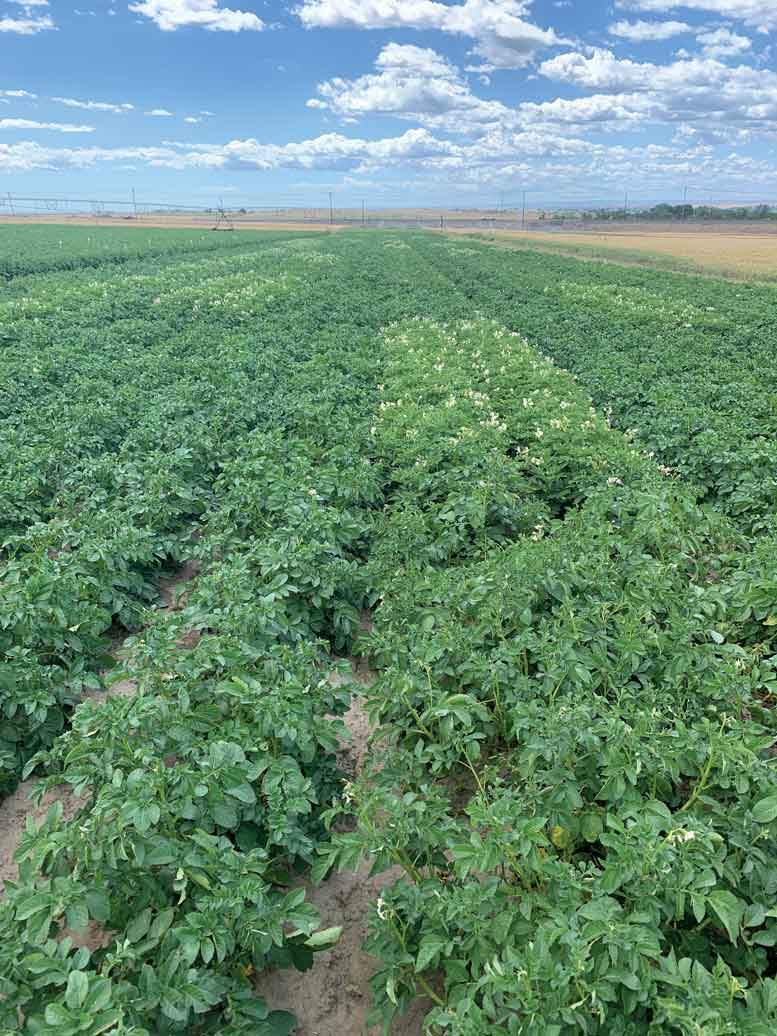
An OSU trial evaluates nitrogen requirements for Russet Norkotah, Russet Burbank and Rainier Russet. Photo courtesy Ray Qin, OSU
Plant Pathology
OSU plant pathologist Ken Frost filled in attendees on what researchers are learning about potato soft rot in the Columbia Basin. OSU researchers collected diseased plants, screened them for soft rot bacteria and studied the diversity. They found that Pectobacterium species were the primary cause of bacterial soft rot, with P. carotovorum and P. atrosepticum representing more than 80 percent of the species in the surveyed samples. They also found two Pectobacterium species, P. brasiliense and P. parmentieri, not previously reported in Oregon.
Frost noted that there are not species-specific primers that are able to differentiate all the Pectobacterium species present in the Pacific Northwest, and distinguishing between P. carotovorum, P. brasiliense and P. parmentieri is challenging.
The researchers were initially concerned that Dickeya spp. would be prevalent in the Pacific Northwest, but Dickeya spp. were only detected in a small proportion of diseased plant samples and usually in association with Pectobacterium species. So, for the time being, Dickeya species do not appear to be a large problem in the west, Frost said.
As part of the study, the researchers examined the pathogenicity of the bacterial soft rot species isolates recovered from diseased plants in the Columbia Basin. After inoculating tubers and stems of various cultivars, they found that P. parmentieri caused the most severe disease on tubers and stems, so it may be important to know when this species is present. They also co-inoculated different bacterial species into tubers and stems and found cases where soft rot symptom development was more severe with certain combinations of Pectobacterium spp. present.
Both of these results suggest it may be important to know which bacterial species may be present to accurately assess the disease risk, according to Frost. In order to accurately identify the bacterial species, researchers will need to develop and refine diagnostic tools to distinguish these bacterial species.
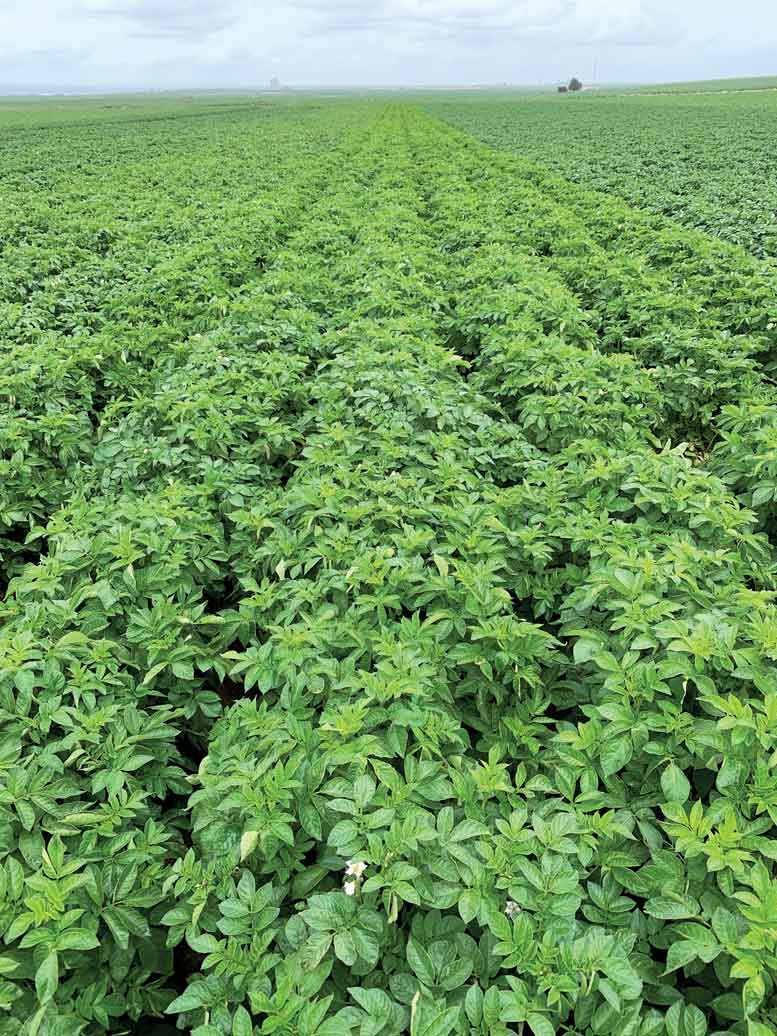
Clearwater Russet grows in the middle six rows of a trial evaluating potassium requirements. Photo courtesy Ray Qin, OSU
Nutrient Management
Agronomist Ray Qin followed with a report covering nutrient management guidelines for major and new varieties in the Columbia Basin of Oregon. The agronomy program has four projects in the works to develop and fine tune those guidelines for growers.
The first project is evaluating potassium requirements of Clearwater Russet, Umatilla Russet and Russet Burbank in Oregon. The researchers are working to develop variety-based potassium fertilization guidelines and to identify the effect of the fertilizer type (muriate of potash versus potassium sulfate) on potatoes.
Similarly, another ongoing project is evaluating nitrogen requirements for Russet Norkotah, Russet Burbank and Rainier Russet. Qin is testing various rates of in-season nitrogen to develop recommendations for growers.
The third study is looking at practices associated with blackspot bruise susceptibility. Qin and colleagues are trying to determine the relationship between plant maturity and blackspot bruise susceptibility of Russet Norkotah and the relationship between nitrogen fertilization practices and blackspot bruise susceptibility.
Finally, Qin detailed a lab incubation study to measure the effectiveness of soil fumigation in potato fields. Researchers are collecting soil samples from typical soils in the Columbia Basin and determining degradation characteristics of three fumigant compounds: 1,3-Dichloropropene, chloropicrin and metam sodium. Qin hopes the study will help growers better understand soil fumigation.
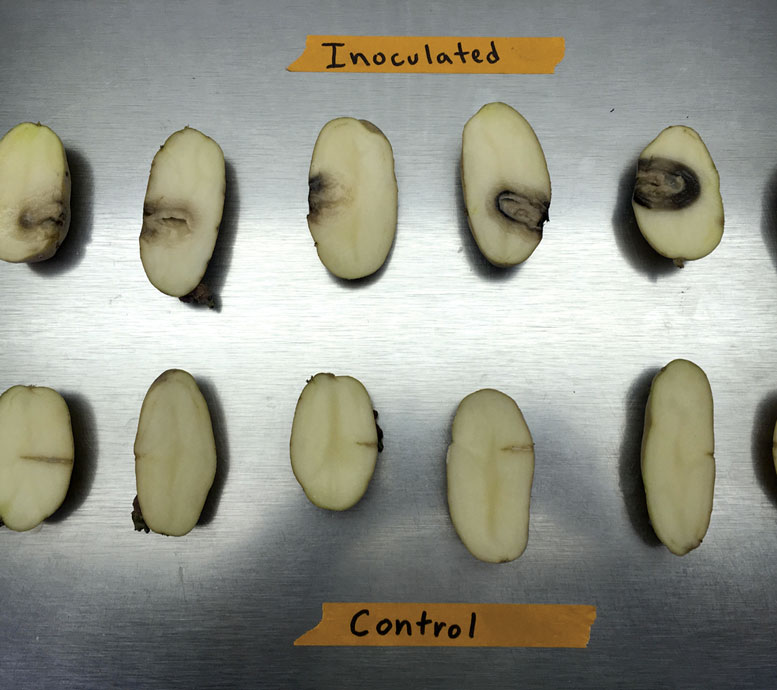
The top row of tubers show rot after being inoculated with a soft rot bacteria isolate (Pectobacterium parmentieri) while the bottom row of tubers were inoculated with sterile water. The pathogenicity assays were conducted to evaluate the aggressiveness of bacterial soft rot species isolates and the resistance of individual varieties. Photo courtesy Ken Frost, OSU
Entomology Update
Entomologist Silvia Rondon wrapped up with a quick walkthrough of how to access information provided by the regional pest alert system. She also reminded growers that the OSU system is just that – an alert system – and encouraged them to increase their own trapping and monitoring efforts.
In a continuing effort to better monitor pests, OSU is currently working with local GIS company Anderson Geographics and Trapview, a company that provides automated pest monitoring services. OSU is in the second year of testing the service’s trapping capabilities in corn, but could potentially use it in potatoes in the future.


